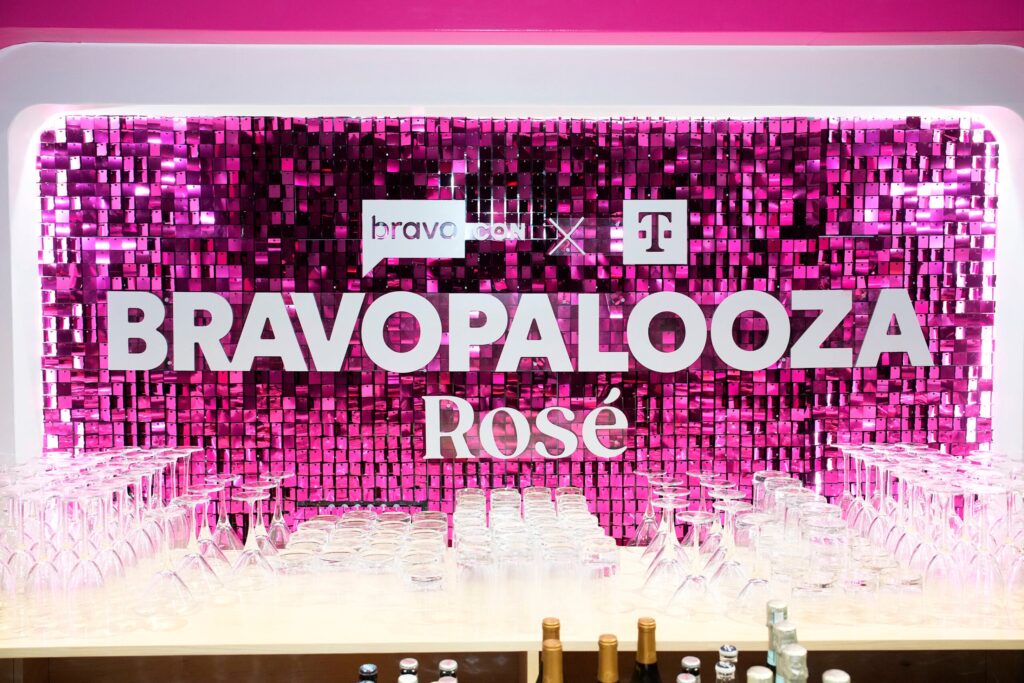New York’s The Museum of Modern Art (MoMA) was founded in 1929 with a humble gift of eight prints and one drawing. These days, the museum holds over 100,000 paintings, sculptures, prints, photographs, and architectural objects and it has drawn 1.4 million visitors since last November.
And 52,000 of those visitors are e-newsletter subscribers. And that number is growing with the popularity of the museum, said Wendy Corn, Internet marketing manger. To keep subscribers informed on their choice of topic, MoMA has created nine e-newsletters to meet their diverse needs.
The Newsletters
MoMA’s Membership Happenings tops the list with close to 30,000 subscribers. But just because you’re a member, doesn’t mean you’ll be on the mailing list, Corn says. Even members must opt in. Sent at the beginning of each month, this e-zine informs MoMA members about upcoming member-only events, benefits and privileges, including special Design Store discounts. It has the best open and click through rates of all the newsletters, scoring a 46% open and 8% click through this month.
The second largest is Month at MoMA, with 20,000 subscribers. Also shipped in the beginning of the month, this e-newsletter includes an overview of exhibitions, screenings and public programs being held at the Museum. For the month of May, 2005, the e-newsletter drew a 37% open rate and 5% click through. MoMA’s Membership Happenings and This Month at MoMA were the Museum’s initial e-newsletters in 2002. But as the visitors grew and their known interests expanded, so did the e-zine offerings.
The bi-weekly Film and Media E-news, highlighting programs in the Museum’s two theatres is also very popular, Corn says. It has 8,000 subscribers, and this month has drawn an open rate of 33% and click through of 3%. “We added this newsletter because we have such a varied and complex film program and some very sophisticated cinefiles here in New York.”
Then there’s Exhibitions E-News, which has 16,000 subscribers. And the Ford Family Programs at MoMA E-News informs over 6,000 subscribers of updates on events geared to families. New developments at MoMA’s Web site and recent awards are cited in the Web Site E-News, sent periodically to over four thousand subscribers. Updates on online store sales and discounts are sent twice a month in the Online Store E-News. The Group Services E-News is geared to give updates on programs and tours designed for groups of ten or more people. And, MoMA’s P.S. 1 E-News informs readers about exhibitions and programs at P.S.1 Contemporary Art Center in Long Island City, Queens, a MoMA affiliate.
Each e-newsletter is written inhouse, has its own release schedule and links back to the Museum’s home page or specific pages within the MoMA site. MoMA uses Silverpop as its communications software vendor. In addition to tracking and technology expertise.
Lessons Learned
The Museum’s art remains a key part of all communications. And that, says Corn, is what keeps its click through rates high.
“We’ve found that people tend to click through on images,” Corn says. “When they’re engaging, the images draw attention and I think that’s what prompts the viewer to click through.”
Corn measures the success of the e-newsletter program by the number of subscribers, the fact that there is a very low opt-out rate and the high open and click through rates.
“That tells us that the people who sign up for our information find it useful and people appreciate receiving the newsletters,” she says. Several pages on MoMA’s site invite readers to visit MoMA’s e-news page to opt-in to communications, and there are active campaigns to capture e-mail addresses at cultural workshops and conventions where MoMA hosts or is present. But the most successful opt-in is on the Web site itself, Corn says.
Subscribers can receive the MoMA newsletters in HTML, text or AOL version 4.5 as a courtesy for people with older computers. “By and large, HTML is the way people receive e-news,” said Corn. “Text is more of a courtesy so they can receive it on their Blackberry.”
Corn is comfortable with the diversity and amount of e-newsletters available. Since each newsletter offers information specific to a different topic and subscribers need to sign up by clicking on the newsletters they’re interested in receiving, she doesn’t feel that subscribers will be overwhelmed by communications or that there will be a redundancy of information.
“Somebody might be a member and receive the Membership Happenings, and Upcoming Events. But if they have a particular interest in film programs, they’ll receive more in-depth information on those programs from the film e-newsletter,” she says.
What’s next for the renowned institution?
“Although we still use print to some extent, we’re finding that the trend is toward electronic communications,” Corn says. “We’re relying more on electronic communications than printed direct mail. For many individuals, e-mail is the preferred method of contact. And, it’s more immediate.”
Looking towards the future, Corn hopes to continue bringing subscribers up-to-date information on their personal interests. But she doesn’t foresee any new e-newsletters. “I think we’re covered,” she says. “We have something for everyone.”



